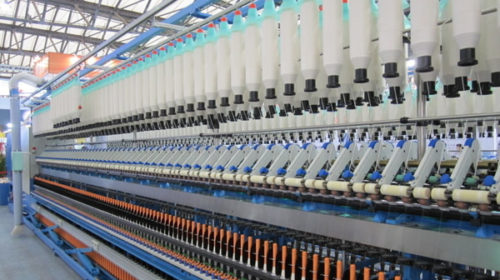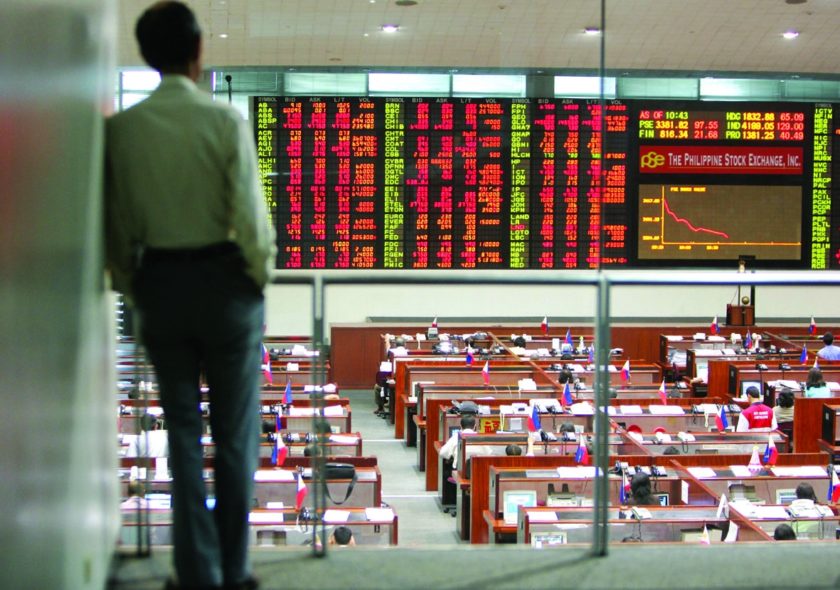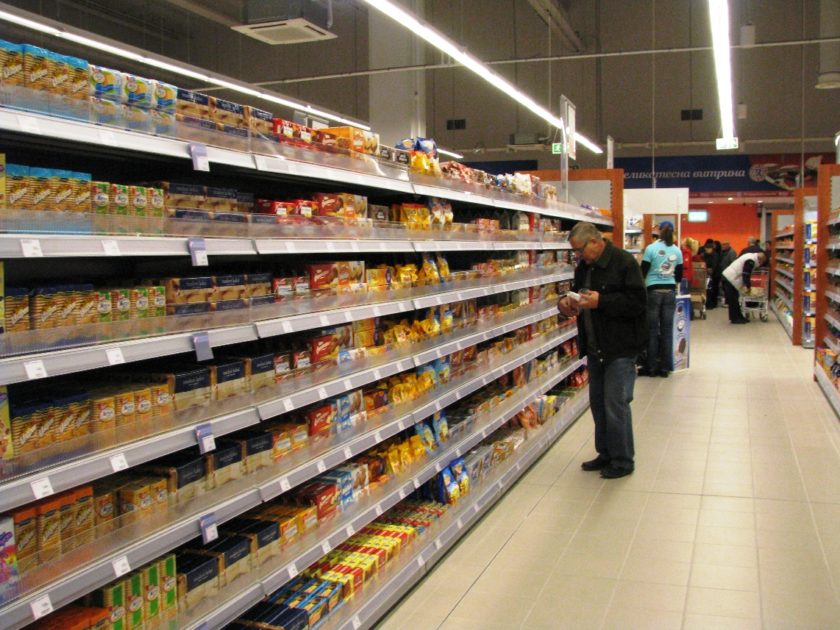Advantages of Vietnamese Manufacturing over Chinese Manufacturing
CRI’s market survey shows that Vietnamese manufacturing has the following advantages over Chinese manufacturing.
1. Preferential Policies on Taxes and Foreign Investment
(1) Advantages of Bonded Zones
The Vietnamese government has approved the establishment of several bonded zones. The products manufactured by enterprises established in these bonded zones are exempt from tariffs and value added tax. Enterprises established in the bonded zones are exempted from corporate income tax in the first profit-making years and enjoy reduction in corporate income tax in the following two years. There are also more preferential policies.
As Vietnam has signed free trade agreements with many countries. Products manufactured in Vietnam can enjoy preferential tariff treatment or even zero tariff treatment when they are exported to South Korea, the United States, other ASEAN countries, the European Union, etc. In contrast, Chinese exports do not enjoy such treatment.
(2) Tax Cuts by the Vietnamese Government
The Vietnamese government cuts individual and corporate income taxes from time to time to support the development of the real economy. For example, in October 2016, the Ministry of Finance of Vietnam submitted a draft tax reduction plan to the Vietnamese National Assembly, proposing to reduce the corporate income tax rate for small and medium-sized enterprises and start-ups from the previous 20% to 17% from 2017 to 2020. The tax cut policy eases corporate burdens and encourages the establishment of more enterprises. Under the policy, enterprises with an annual turnover of no more than VND 100 billion (about USD 4.30 million) can enjoy tax breaks.
(3) Economic Zones
The Vietnamese government has approved the establishment of many economic zones. Since 1986, the Vietnamese government has been developing management and operation mechanisms for economic zones. At the beginning of 2016, it approved the plan to establish three special economic zones and revealed that it will pilot key economic and administrative policies in special economic zones. Enterprises in economic zones and industrial parks enjoy multiple benefits such as the reduction and exemption of tariffs and corporate income tax and the preferential treatment in land rent and credit rationing, which lays a foundation for the development of manufacturing enterprises.
(4) Preferential Policies on Foreign Investment
In July 2006, Vietnam enacted the Law on Investment, announcing that it would carry out unified management of domestic investment and foreign investment and cancel the restrictions on foreign investors set in the Law of Foreign Investment in Vietnam, including requiring foreign investors to give priority to Vietnamese goods or services in procurement. In 2007, Vietnam joined the WTO. In July 2015, to adapt to the Trans-Pacific Partnership (TPP) agreement and other new rules on international trade and investment, Vietnam made major amendments to the Law on Investment. The revised Law on Investment further explained the definition of foreign investors, the procedures for setting up foreign-funded enterprises, etc., simplified government approval procedures and gave greater preferential margin to foreign investment.
2. Obvious Labor Cost Advantages
(1) Absolute Labor Cost Advantage
According to CRI’s market survey, the minimum wages in Vietnam vary from one region to another. By minimum wage, there are four regions in Vietnam. Region I includes economically developed Ho Chi Minh City, Hanoi, Hai Phong, etc. In 2019, the minimum monthly wage in region I was VND 4.18 million (about USD 179) while the minimum monthly wage in region IV was only VND 2.92 million (about USD 125). In China, manufacturing enterprises are basically unable to recruit workers according to minimum wages. In contrast, the minimum wages in Vietnam have practical significance. They are the basic wages of unskilled workers who have just entered the workplace. From 2014 to 2019, the minimum wage in region I only grew at a CAGR of about 9%. CRI estimates that the labor costs of manufacturing enterprises in China are twice to thrice as much as the labor costs of their counterparts in Vietnam.
(2) Labor Force with Better Education
In Vietnam, primary school education, junior high school education and senior high school education are free of charge. Primary school education and junior high school education are compulsory and there are basically no illiterates. Of Vietnam’s manufacturing labor force, 90% have senior high school degree. However, the proportion is less than 50% in China’s manufacturing sector. Vietnam implements a work hour system of six working days per week and eight work hours per working day. Vietnamese workers are ready to work overtime because of high overtime pay. But overhours are severely restricted in Vietnam.
Cambodia and other Southeast Asian countries have lower labor costs. However, most manufacturing workers there have only received primary school education or are even illiterate. They can hardly master basic work skills and work safety rules. Therefore, these countries have smaller comparative advantages than Vietnam. Compared with the Philippines, Thailand and other industrially developed countries in Southeast Asia, Vietnam has high-quality labor force and low labor costs. It is estimated that labor-intensive manufacturing enterprises will gradually shift to Vietnam from China and other East Asian countries in the next decade.
3. Advantages in Other Production Factors
(1) Energy Costs
Vietnam’s industrial electricity prices and industrial water prices are quite different in different regions, but overall, they are lower than those in China.
(2) Land and Factory Building Rents
Foreign enterprises can hardly obtain the ownership of Vietnam’s land, but they can rent land or factory buildings for a long time. Overall, the land and factory building rents in Vietnam are lower than those in China. In China, land ownership is completely controlled by the government and the transfer of land-use rights lacks transparency. Enterprises have to pay various direct and indirect expenses. However, the land in Vietnam is mainly controlled by local residents. Therefore, land-use rights can be obtained at lower prices.
(3) Vietnam is a long and narrow country where most regions are no more than 300 kilometers away from the coast. Therefore, manufacturing enterprises in Vietnam can easily import raw materials and export finished products by sea.
4. Conclusion
In general, the production costs of garments, packaging products, daily necessities, etc. in Vietnam are 10% to 30% lower than those in China, thanks to the great advantages in the aspects of land costs, tariffs, corporate income tax and labor costs. Currently, Vietnam has no complete industrial chains for textiles, daily necessities, machinery, electronics, etc. It relies on imported raw materials and auxiliary materials, For example, it heavily relies on the imports from China in terms of raw materials for textiles. CRI suggests that enterprises on the Chinese market should seize the opportunity to build factories in Vietnam as soon as possible.
For more information about the Vietnamese market, please contact us




